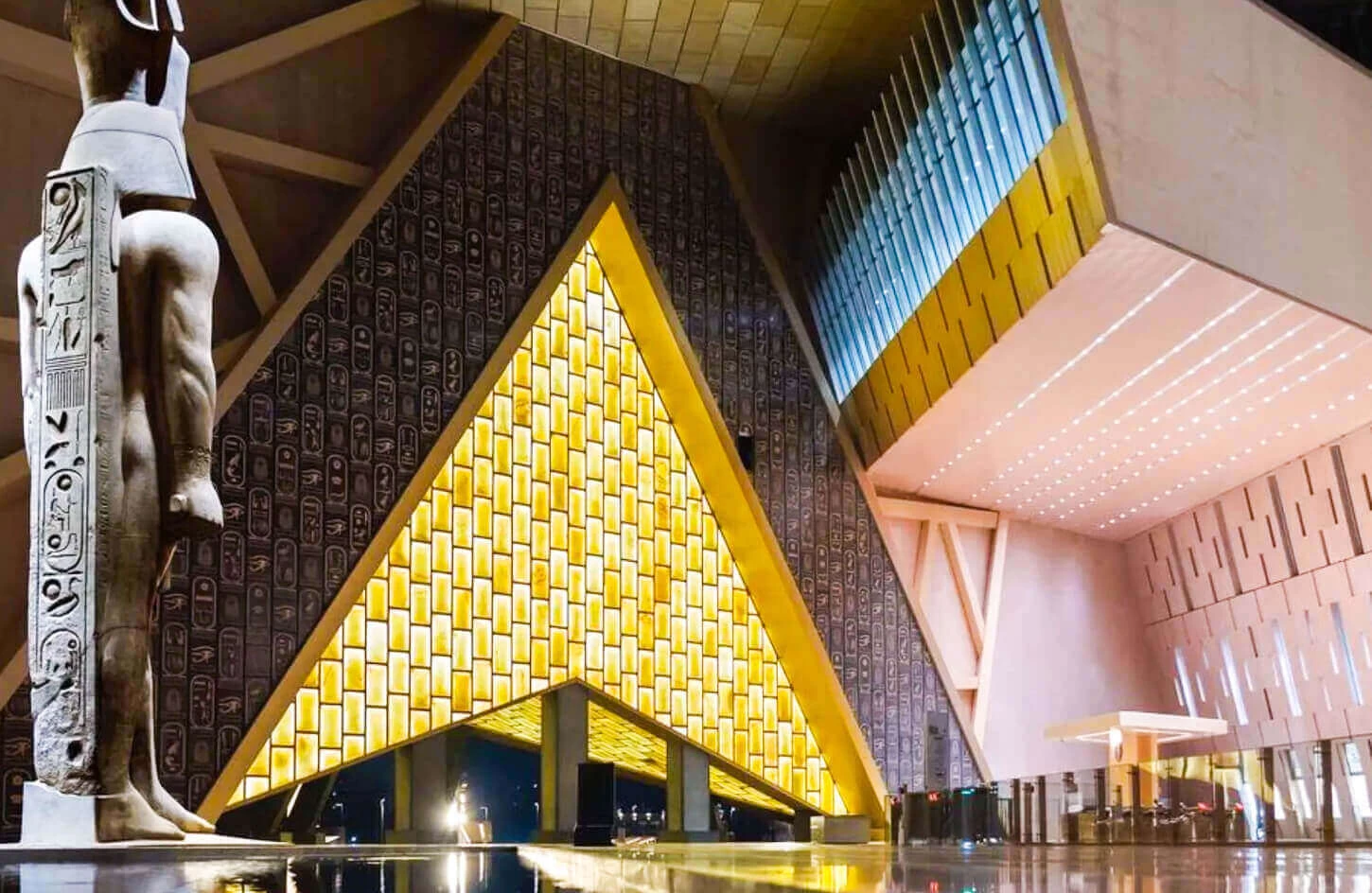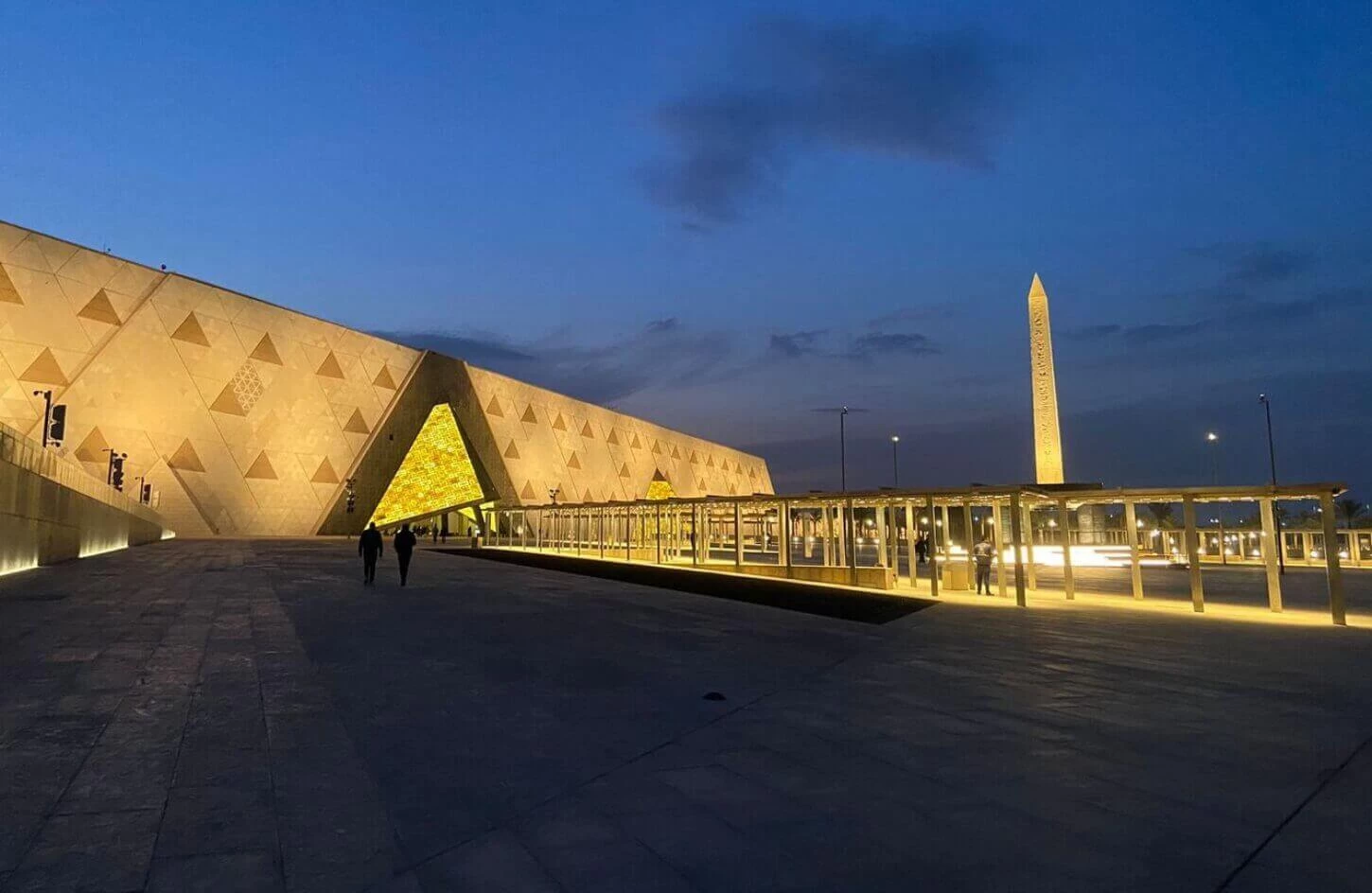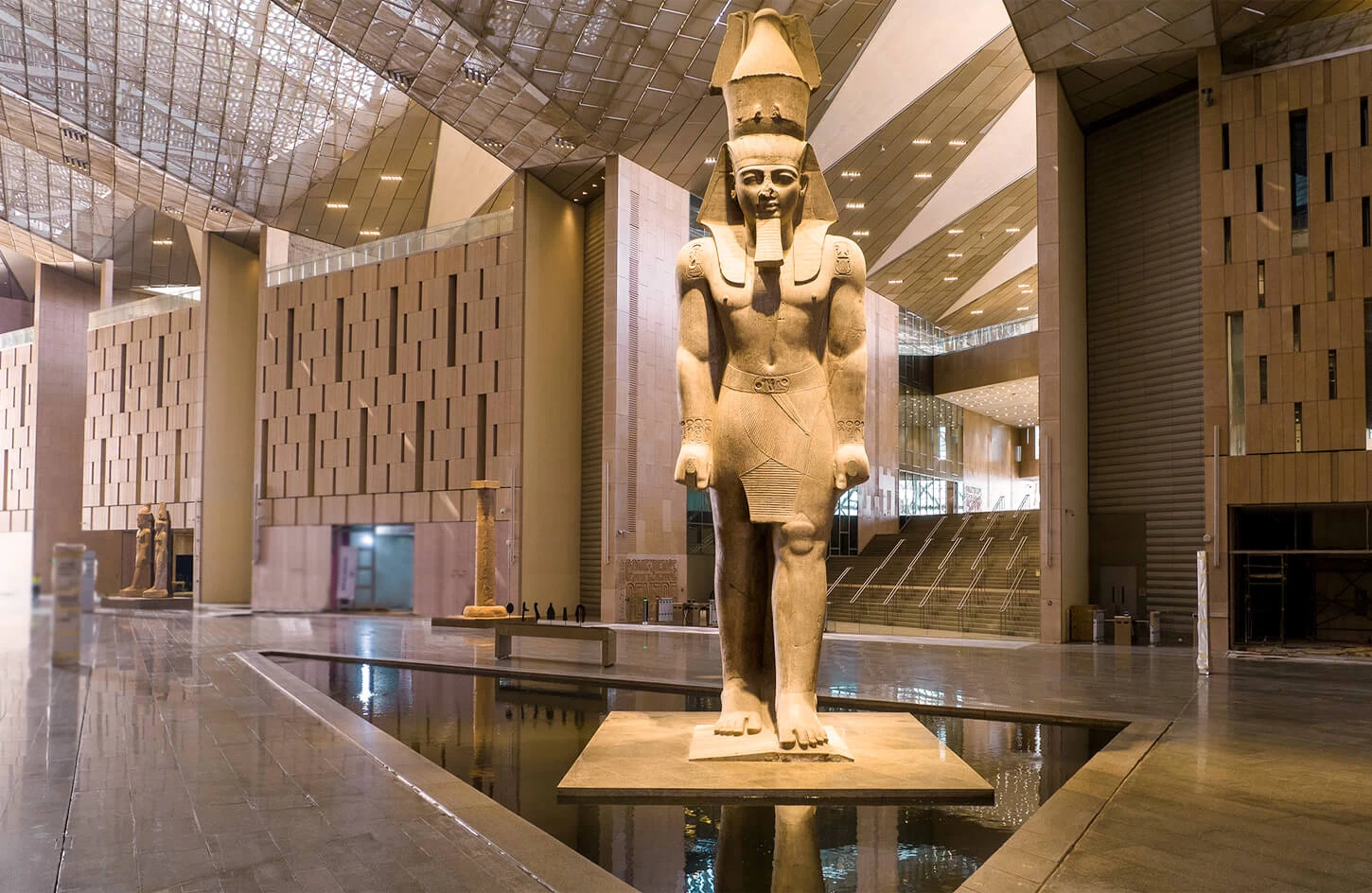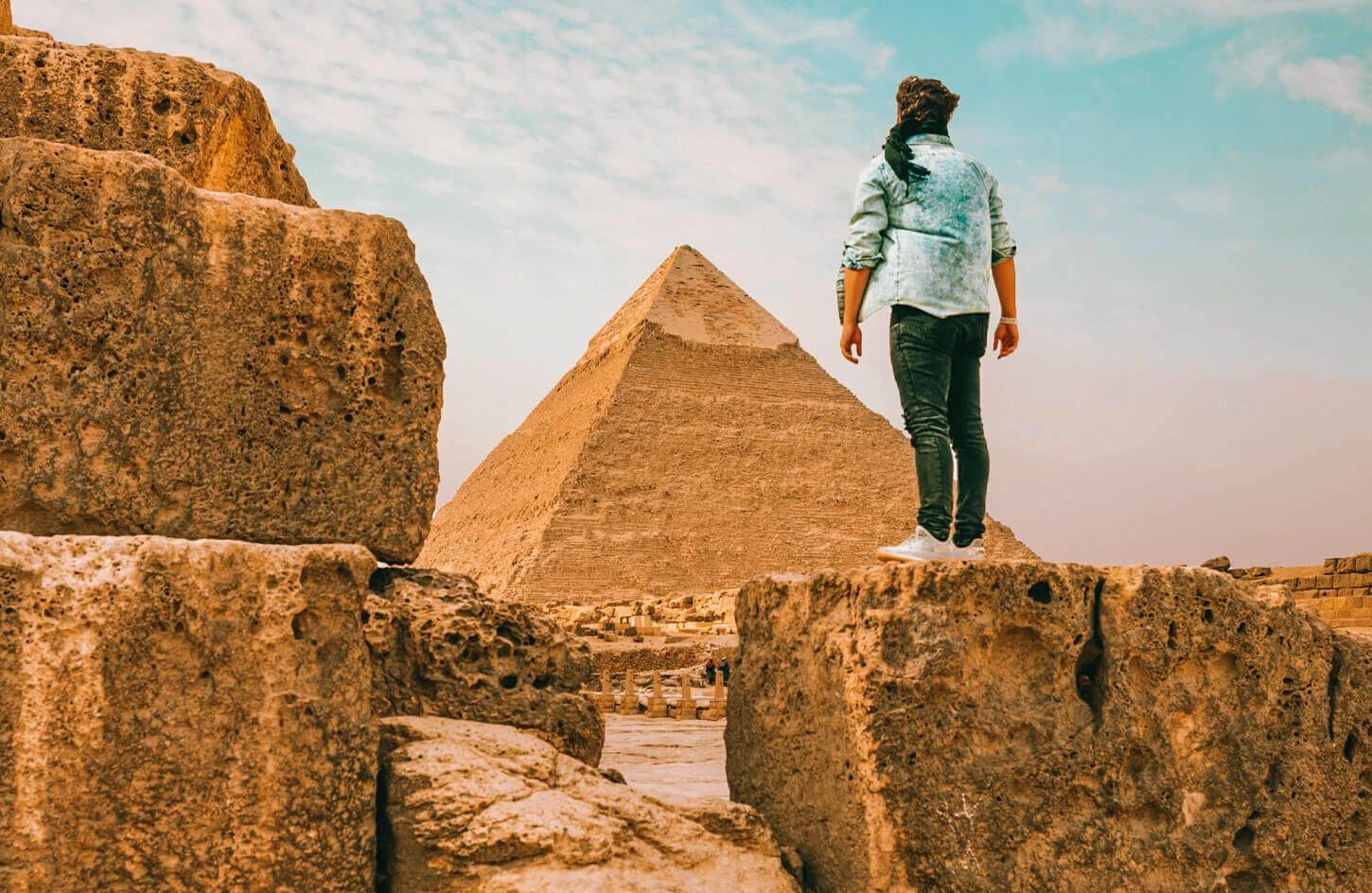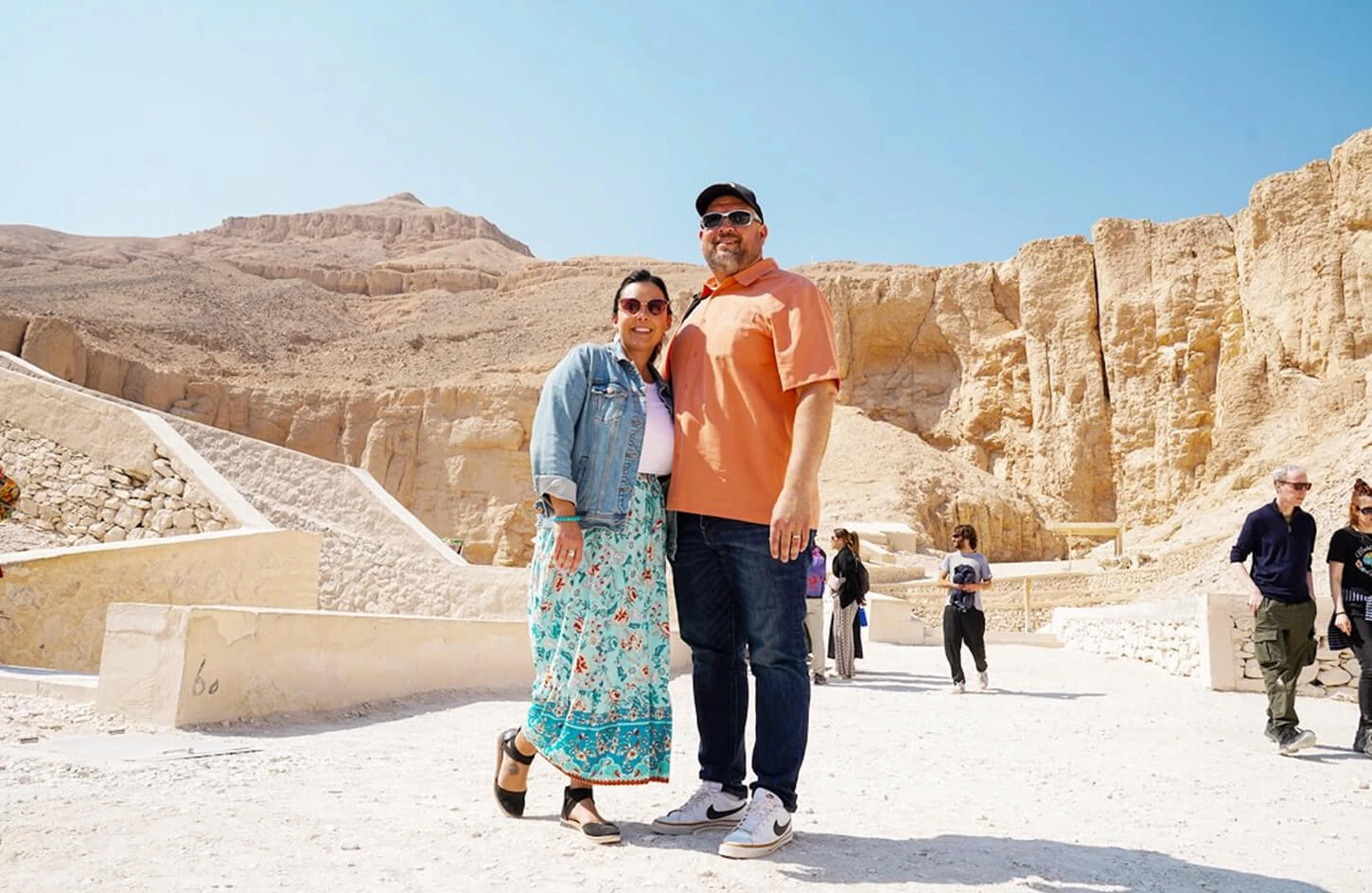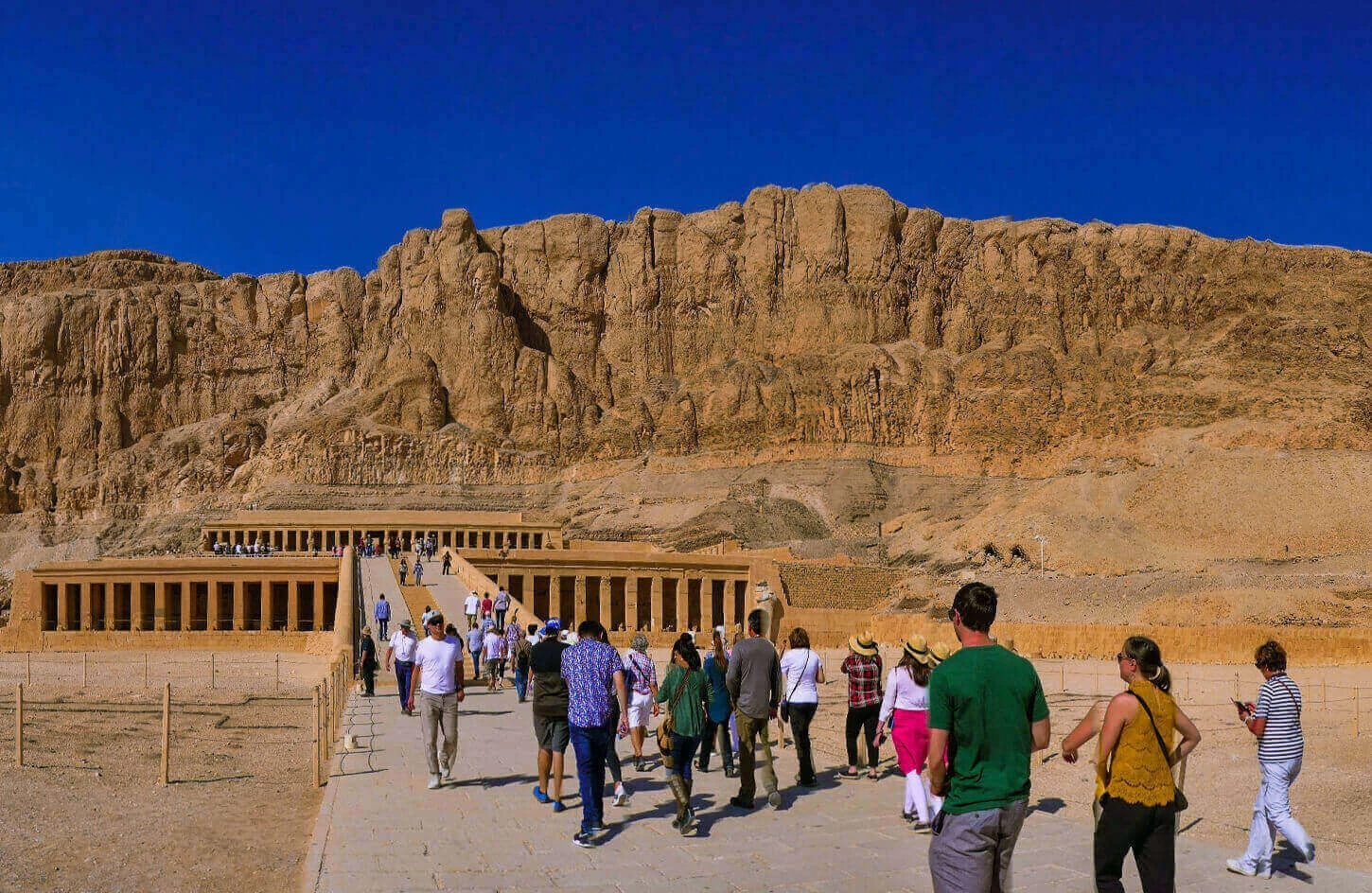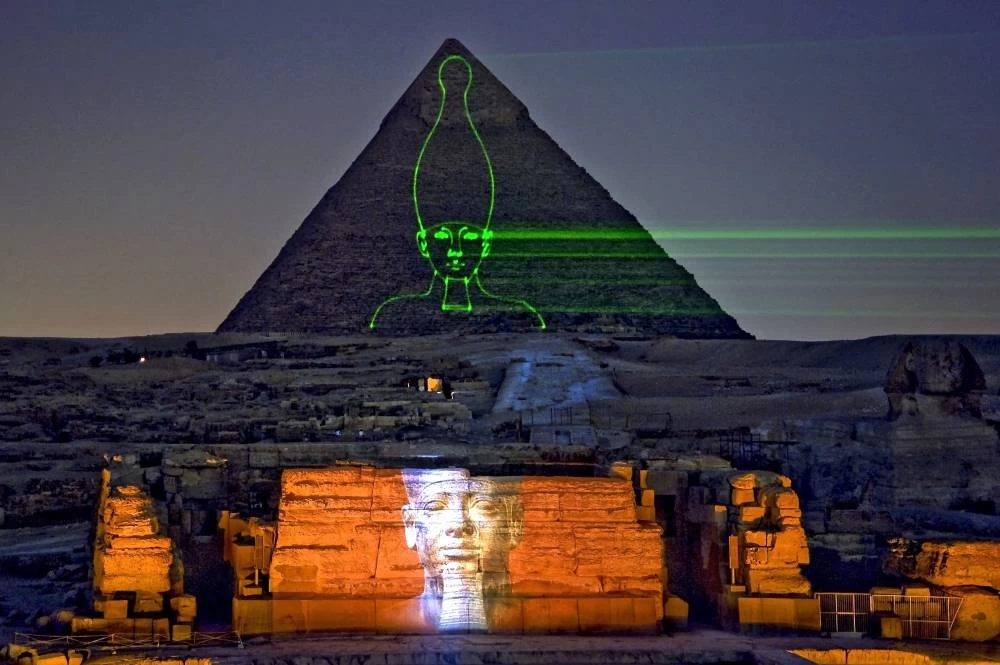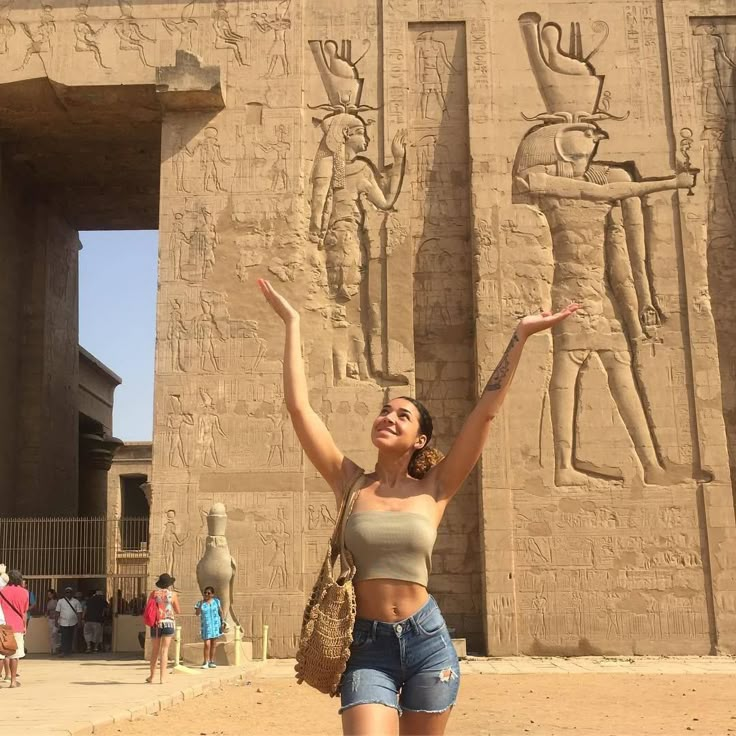King Tutankhamun
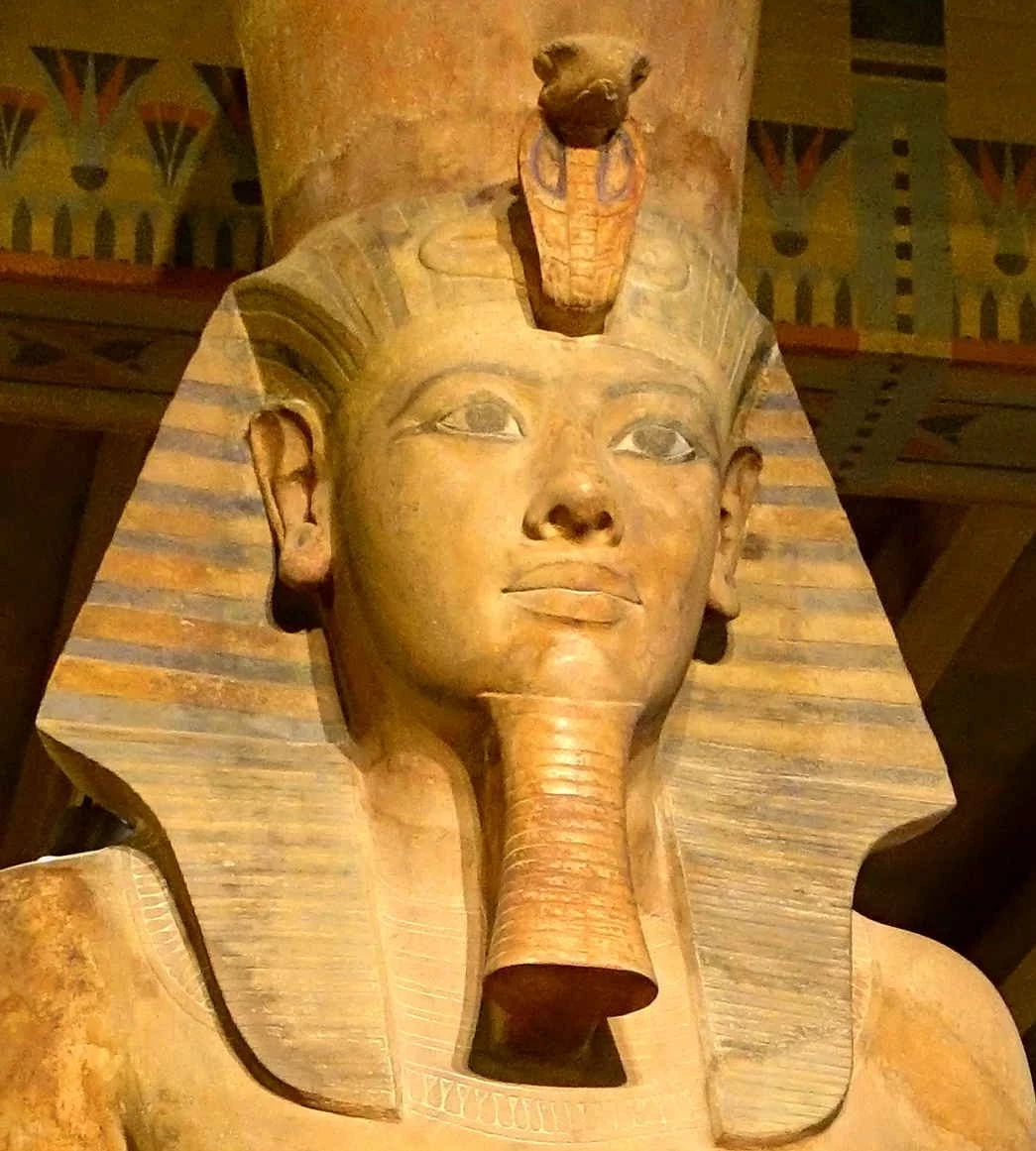
King Tutankhamun, famously known as King Tut, remains one of the most intriguing figures in ancient Egypt. His tomb, discovered by Howard Carter in 1922, is considered one of the greatest archaeological discoveries of all time. The mystery surrounding his life, early death, and the treasures buried with him continues to captivate historians, archaeologists, and travelers exploring Egypt during their Egypt Tours. In this blog, we embark on a journey through the life of the boy king, the secrets of his tomb, and his lasting impact on history.
King Tutankhamun: The boy Pharaoh Who Captivated the World
King Tutankhamun governed the Egyptian 18th Dynasty from circa 1332 to 1323 BCE during the New Kingdom as part of the pharaohs who ruled ancient Egypt. The pharaoh became king during his ninth year and led a ten-year rule before passing at eighteen or nineteen years old.
During his brief nine-year reign Tutankhamun assisted in re-introducing traditional Egyptian religious practices because his predecessor Akhenaten had imposed sun worship of Aten upon the people. His rule restored the devotion to Amun and shifted Thebes back to its position as the religious capital.
The Discovery of King Tut’s Tomb
On November 4, 1922, British archaeologist Howard Carter made a discovery that would change the world’s understanding of ancient Egypt—the untouched tomb of King Tutankhamun in the Valley of the Kings near Luxor. Unlike other royal tombs that had been looted over the centuries, Tutankhamun’s final resting place remained remarkably intact, holding over 5,000 priceless artifacts. Among them was the stunning golden mask of King Tut, which became a symbol of ancient Egyptian splendor.
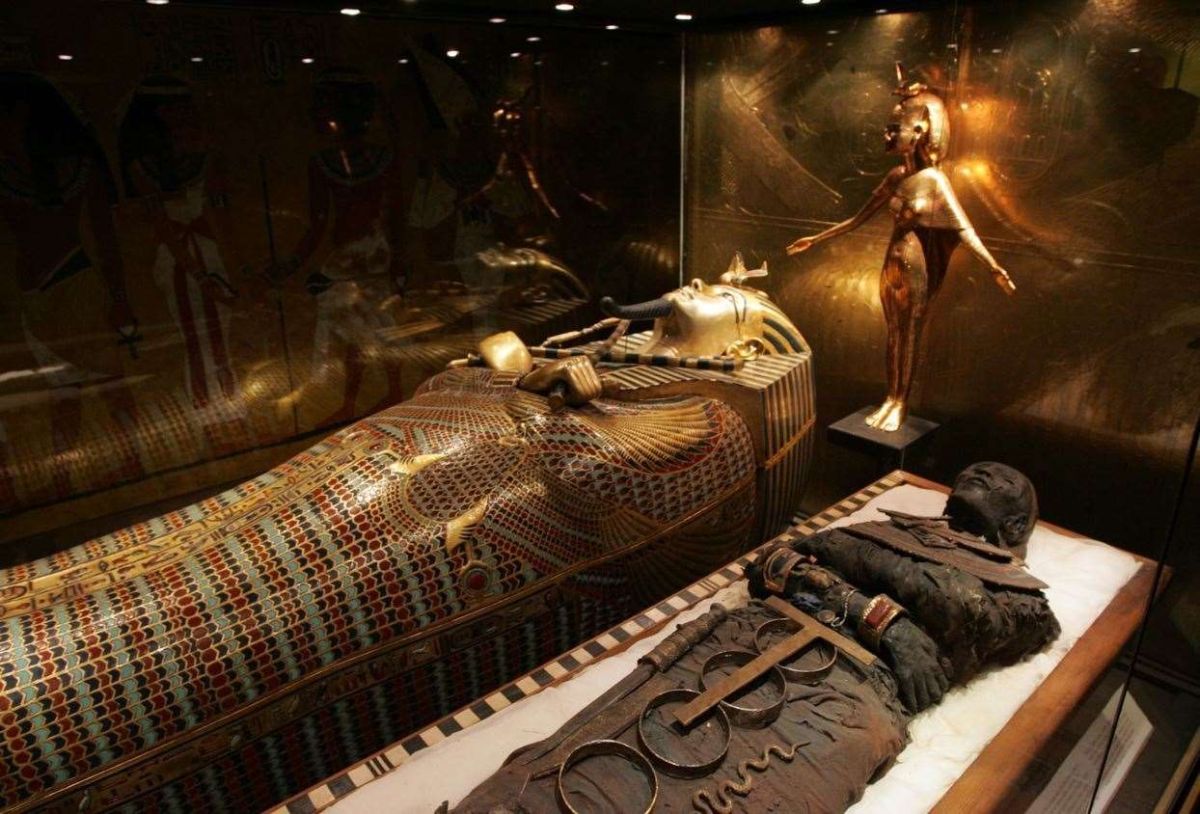
Life and Death of King Tutankhamun
Researchers continue to puzzle over the actual manner of death that befell King Tutankhamun. Several explanations emerge to describe the reasons behind King Tutankhamun's death.
1. Medical tests reveal that King Tut got malaria and suffered from a bone condition which may have made his immune system weak.
2. Doctors confirm his death by trauma after finding a broken leg which points to a potential accident especially from a chariot crash.
3. Research disproves the assassination theory because scientists found no evidence of foul play even though early researchers suggested he died by murder.
His early death prevented a proper burial because of which his tomb stands as a simple structure compared to other pharaoh tombs.
How a Young Pharaoh Became Egypt’s Icon
King Tutankhamun’s legacy endures not because of his reign, but because of the astonishing discovery of his nearly untouched tomb. Several factors fueled his worldwide fame: the mystery of his death, the so-called ‘Curse of the Pharaohs,’ the breathtaking treasures found in his burial chamber, and the media frenzy that surrounded Howard Carter’s 1922 discovery. To this day, millions visit Egypt to admire his artifacts, preserved in unparalleled beauty at the Grand Egyptian Museum and the Valley of the Kings.
the Treasures of King Tutankhamun in Cairo’s Egyptian Museum
The burial chamber of Tutankhamun housed many treasures which are now shown at the Grand Egyptian Museum in Giza. The most striking artifacts discovered in the collection include A solid gold mask that weighed 24 pounds and lay upon his mummy became one of the most famous Egyptian artifacts to the world.
- Golden Thrones and Chariots—Clues to the pharaoh's royal lifestyle and status.
- Jewelry and Amulets—Symbolizing protection and prosperity after death.
- Weapons and Shields—Indicating his likely role as warrior king.
The deceased received sacred items along with him even post-death which included furniture pieces and statues. These artifacts showcased the enriched craftsmanship and abundant production of the Eighteenth Dynasty through which historians gained insights into how Egyptian burial traditions were prioritized in antiquity.
King Tutankhamun stands as the most fascinating and renowned historical figure in Egyptian history. Archaeology experienced a game-changing revolution through the discovery of his tomb because it brought forth invaluable information about ancient Egyptian royal customs and lifestyle. King Tut's impressive heritage endures because people find his artifacts appealing and his disappearance perplexing and his burial procession remarkable.
Those who want to see the treasures of Egypt's history can experience the brilliance of King Tutankhamun's objects at both the Grand Egyptian Museum and the Valley of the Kings.
